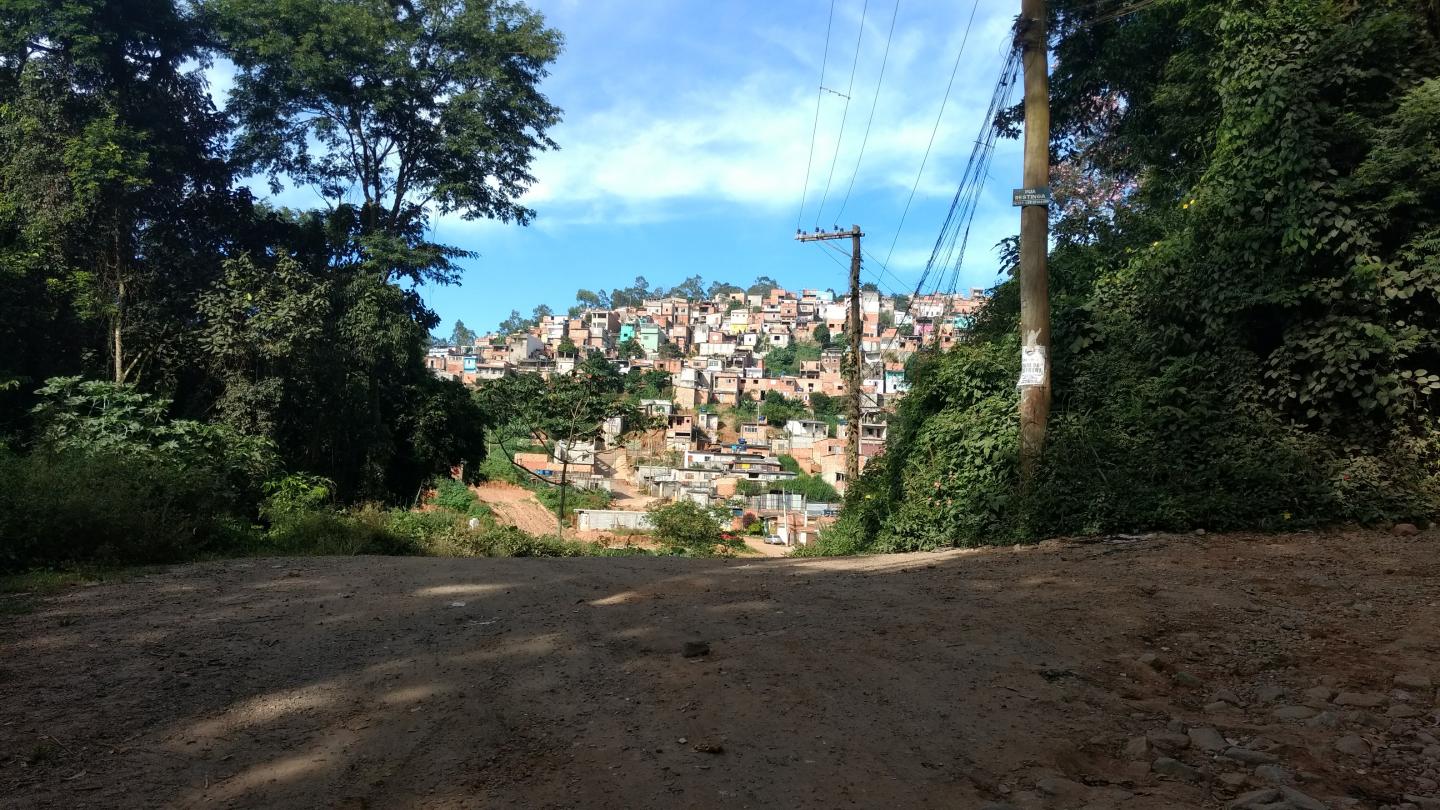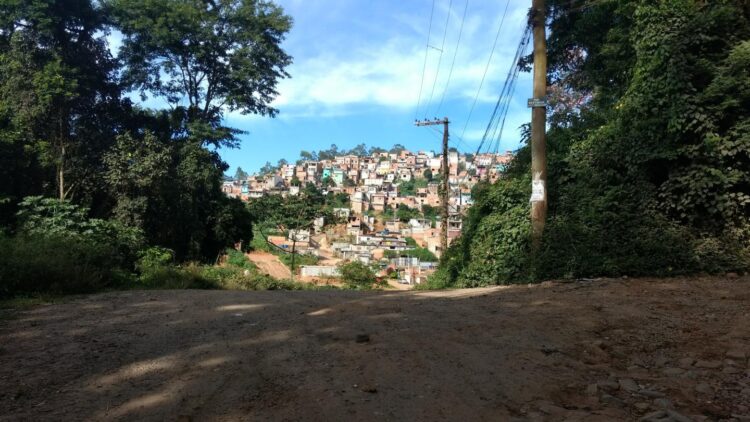Researchers analyzed socioeconomic and environmental indicators for the 180 municipalities in the mega-region around São Paulo state capital, detecting environmental inequity and dependency.

Credit: Leandro Luiz Giatti
In Brazil, researchers are puzzling over socioeconomic and environmental indicators that do not add up. They are concerned with what they call the São Paulo Macrometropolitan Area, a mega-region comprising five metropolitan areas in the state of São Paulo with a total of 180 municipalities, some of which provide ecosystem services while others receive them. The problem is that the former, which provide the others with water, food and power generation inputs, suffer from steep inequities in terms of defective human development and lack of social inclusion.
“Urban centers have always been drivers of economic development, but no town or city can sustain life without ecosystem services that assure a supply of inputs as basic as water, power and food. For this to be the case throughout the urban fabric of the Macrometropolitan Area, there should be mutuality among the cities there, but instead our analysis shows major asymmetries that tend to impair or neglect this exchange,” said Leandro Giatti
, a professor at the University of São Paulo’s School of Public Health (FSP-USP).
Giatti is one of several researchers involved in a Thematic Project on environmental governance in the São Paulo Macrometropolitan Area, and last author of a study published in the Journal of Cleaner Production on phenomena critiqued by the authors as examples of environmental injustice in relations among cities in the area.
The researchers divided the 180 cities into four groups, three of which were considered receivers and a fourth classed as providers. The receivers were in the state capital near the coast or in the interior, and one of these groups was labeled “developed receivers”. The providers were as defined above. “Assessment of the development and management of water, power and food is always based on economics, but it’s a puzzle because the numbers don’t add up. In the area, there are 34 million people who need water, power and food to survive. The industry also needs these factors. It’s important to include such complexities in plans to develop the area,” Giatti said.
The São Paulo Macrometropolitan Area has some 34 million inhabitants. It encompasses the Paraíba Valley area, and the São Paulo, Campinas, Sorocaba, and Santos Metropolitan Areas. São Paulo state has urbanized steadily since the 1950s, often in a disorganized manner. Demand for blue-green infrastructure has increased dramatically, as have threats to the provision of ecosystem services such as water supply, climate regulation, and soil formation for green-belt food production. Blue infrastructure refers to rivers, ponds, wetlands, floodplains, and water treatment facilities, green infrastructure to trees, forests, parks, and fields. Both terms come from urban and land-use planning.
“Many cities in the São Paulo Macrometropolitan Area rely on increasingly distant sources of water, climate regulation, and soil formation for green-belt food production. This leads to inequities,” Giatti said. “The solution is proper planning for the providers of life support. This can take the form of municipal plans or large-scale engineering projects to supply water, power and food.”
Winners and losers
São Caetano do Sul and Natividade da Serra are among several examples highlighted by the authors of the study to illustrate the disparity between providers and receivers of ecosystem services. The former is highly urbanized, with very little blue-green infrastructure, but one of the front-ranking cities in Brazil in terms of its human development index (HDI). Natividade is an ecosystem service provider with a tiny population and a very poor HDI.
According to the authors, appraising the combined benefits of blue-green infrastructure in urban spaces is important as an adaptation strategy to improve natural resource management and support for ecosystem processes and functions.
“The study provides a comprehensive understanding of complex urban systems by considering environmental justice and water-energy-food nexus synergies. Its main aim is to appeal to public policymakers. Payment for ecosystem services is often seen as a solution or magic formula, but the trade-offs and side-effects of decisions in this field should always be taken into account. The approach we used to analyze the 180 municipalities in the São Paulo Macrometropolitan Area gave us this more comprehensive picture,” said Lira Luz Benites-Lazaro, a researcher at FSP-USP and a co-author of the study.
The researchers used machine learning techniques to correlate 19 socioeconomic and environmental indicators for the 180 municipalities. “The many cities that require more water to generate electricity and to produce food clearly have better quality of life. Those with the worst living conditions were also the ones with the largest amount of plant cover in proportional terms,” said Mateus Henrique do Amaral, first author of the study.
Water-energy-food nexus
The study also contributes to a better understanding of complex urban systems based on environmental justice and water-energy-food nexus synergies. According to the UN’s Food and Agriculture Organization (FAO), agriculture is the world’s largest consumer of freshwater resources, and the food production and supply chain accounts for over a quarter of global energy consumption.
Feeding the world’s population, which is set to reach 9 billion by 2050, will require a 60% increase in food production, which will lead to increased water and energy consumption.
The researchers have also conducted studies of the relationship between sugarcane and ethanol using the same approach. “The analysis takes us to a level of discussion of sustainability that’s highly compatible with the Sustainable Development Goals [SDGs] in terms of the cross-cutting concerns involved. It’s not enough to have a great water management policy if you neglect the requisite energy and food offsets,” Giatti said.
Using the water-energy-food nexus as a framework for analysis has become much more frequent worldwide, particularly since the 2011 World Economic Forum. “Actually this approach is much older than that, 700 years old and more. The Incas of Peru planned cities on the basis of this nexus, for example,” Benites-Lazaro said.
###
About São Paulo Research Foundation (FAPESP)
The São Paulo Research Foundation (FAPESP) is a public institution with the mission of supporting scientific research in all fields of knowledge by awarding scholarships, fellowships and grants to investigators linked with higher education and research institutions in the State of São Paulo, Brazil. FAPESP is aware that the very best research can only be done by working with the best researchers internationally. Therefore, it has established partnerships with funding agencies, higher education, private companies, and research organizations in other countries known for the quality of their research and has been encouraging scientists funded by its grants to further develop their international collaboration. You can learn more about FAPESP at http://www.
Media Contact
heloisa reinert
[email protected]
Original Source
https:/
Related Journal Article
http://dx.





